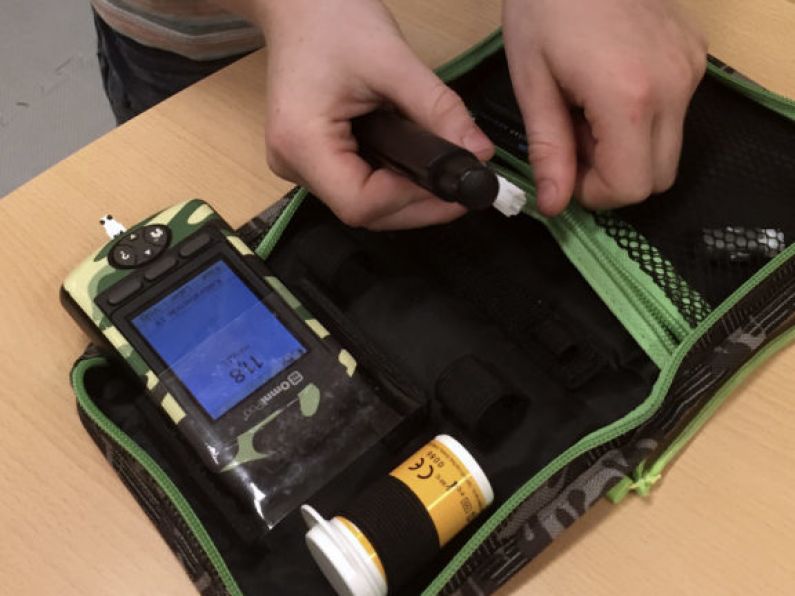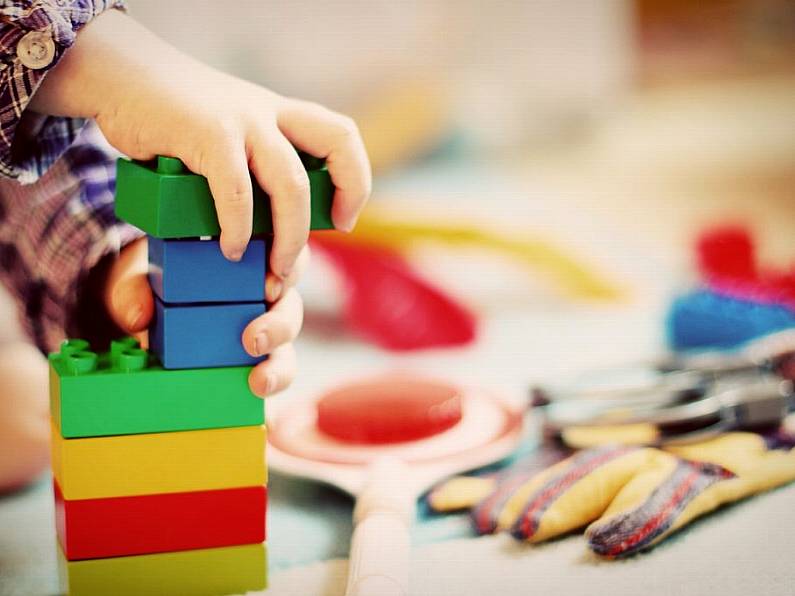Sarah Slater
Teachers and school staff of children with type 1 diabetes are being urged by the HSE and Diabetes Ireland to follow new guidelines about their care.
According to Diabetes Ireland, for children living with diabetes, a return to or starting school for the first time also means adapting to their diabetes management, sometimes changing insulin regimes, and thinking about blood glucose monitoring and safety in school.
Diabetes is a disease that occurs when a person’s blood glucose, also called blood sugar, is too high. Blood glucose is your main source of energy and comes from the food you eat. Insulin, a hormone made by the pancreas, helps glucose from food get into your cells to be used for energy.
It is caused by the body’s own immune system destroying the insulin-making cells (beta-cells) of the pancreas.
Ireland has a high incidence rate of type 1 diabetes in children and adolescents with on average 285 new cases of type 1 diabetes in those under 15 years diagnosed annually. Our country is in the top 25 per cent for diabetes incidence worldwide, according to Diabetes Ireland.
Up to five children and teenagers are diagnosed each week with Type 1 diabetes in Ireland.
Starting school
There can be an added concern for parents, as well as for the teacher if a child with diabetes is starting school for the first time or changing to a new class or school with a teacher who may not be yet familiar with diabetes.
The younger the child, the greater the involvement in the diabetes management and care of school staff it is, often including special needs assistants.
To help make the transition as easy as possible for everyone, new guidelines have been published by the HSE in an effort to provide useful information and a number of tools and easy-to-follow actions to help school staff to understand type 1 diabetes and the needs of such pupils.
The document sets out clear guidelines that will help structure the conversation and preparations between the family, diabetes team, and school staff. It explains diabetes and diabetes management to teachers and school staff and sets out clear lines of responsibility for all partners.
The document also includes a Personal Pupil Plan to agree on current diabetes management and the needs of a child. This includes information such as personal hypoglycemia symptoms, what to eat during hypoglycemia, and when to check glucose levels and deliver insulin.
The school can have a personalised information pack for all their pupils with type 1 diabetes.
Planning
Dr Kate Gajewska, Diabetes Ireland Research and Advocacy Manager explained that for parents, the challenge of leaving a child on their own or under the care of others can be “very stressful so good preparations and effective communication with school staff is vital and will help to reduce the feeling of uncertainty.”
Dr Gajewska added: “We hope this online resource will be helpful and we strongly recommend involving the child’s diabetes team early in the planning and communication process and the guidelines will be of great help to everyone involved.”
The online resource has separate sections for parents and carers, and the teachers and school staff. The first section includes tips on how to start planning for back to school early, explains how to prepare the school and what to expect, provides information on special needs assistance and requires non-teaching support, gives tips on healthy lunchtime snacks, and how to support the child from the mental health and well-being side.
In the section for teachers, SNAs and other staff educational materials about type 1 diabetes, hypo and hyperglycemia and diabetes management are provided, as well as information on how important it is for their mental health and well-being to be included in school life.






